Speed reducers are mechanical devices found in the housing of almost all-mechanical equipment. They are important components that give operators ability to regulate the output based on different needs. Contrary to what their name suggests, speed reducers do not just reduce speed. Read More…
We offer premium speed reducers and motion control components. These deluxe parts are designed for a wide range of purposes and our engineers are willing to assist you with determining the best speed reducer.
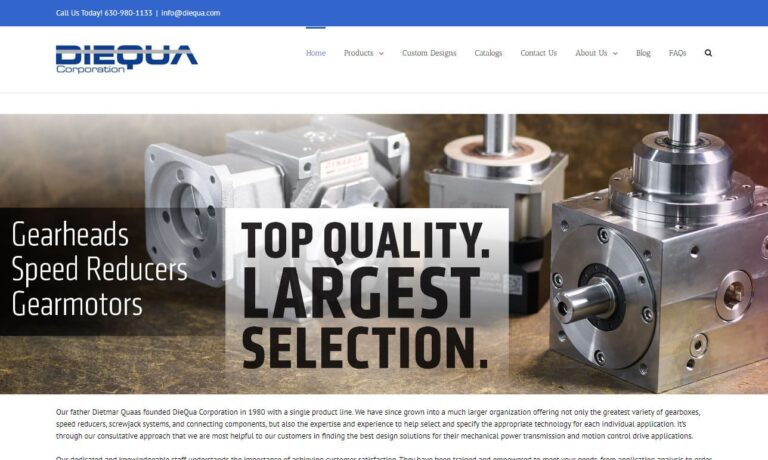
At Nordex, we are dedicated to delivering precision-engineered speed reducers and power transmission solutions that drive efficiency, reliability, and innovation across industries. With decades of expertise, we design and manufacture speed reducers that meet the highest standards of performance, enabling seamless integration into machinery and equipment that demand consistent output and long-term ...

At Winsmith, we take pride in being a trusted leader in the design and manufacturing of high-performance speed reducers that meet the evolving needs of industries worldwide. With decades of experience, we have refined our engineering expertise to deliver precision-driven power transmission solutions that enhance efficiency and reliability in even the most demanding environments.

At Matex Products, we pride ourselves on being a trusted name in motion control solutions, with a strong focus on precision-engineered speed reducers. For decades, we have been dedicated to designing and manufacturing high-quality components that help businesses across industries achieve smoother, more reliable performance in their machinery and automation systems.

More Speed Reducer Manufacturers
Speed reducers, also known as gear reducers or reduction gearboxes, are mechanical devices housed within nearly all powered industrial equipment. These crucial components enable operators and engineers to adjust output speed and torque to meet diverse operational requirements. Despite their name, speed reducers do far more than simply decrease rotational speed; they serve two essential functions. First, they lower the input speed from motors or power sources to more manageable levels suitable for machinery. Second, through precisely engineered gear assemblies, they simultaneously amplify torque, which is vital for processes such as material handling, automated manufacturing, repair, milling, and countless other industrial operations.
Due to their versatility and importance, speed reducers are widely used across multiple industries, including aerospace, automotive, material handling, construction, food and beverage processing, mining, oil and gas, agricultural equipment, power generation, textiles, robotics, and renewable energy systems. You’ll find speed reducers at the heart of applications such as conveyor systems, industrial pumps, printing presses, air compressors, automated assembly lines, packaging equipment, generators, CNC machines, and heavy-duty mining equipment. In each scenario, speed reducers optimize performance, extend equipment lifespan, and ensure the safe, reliable transfer of power.
History
Speed reducers have a fascinating history rooted in early engineering ingenuity. In 1206 AD, Ismail al-Jazari, a renowned Muslim polymath and mechanical engineer, became the first person known to document a device resembling a speed reducer. His influential work, The Book of Knowledge of Ingenious Mechanical Devices, describes various gearbox arrangements, laying the foundation for future developments in gear technology.
Gearboxes and speed reducers faded from prominence for several centuries until the 19th century, when industrialization sparked renewed interest in mechanical power transmission. In 1817, the British firm Watt & Boulton Engine introduced a gearbox equipped with two gears and a centrifugal speed governor, enabling early steam engines to operate more efficiently. By 1881, French engineers at de Dion-Bouton revived gearbox production for use in steam-powered vehicles, paving the way for automotive applications. In 1888, Emile Levassor and Louis-Rene Panhard advanced the technology by developing gear and drive shaft assemblies to improve mechanical power transmission.
The evolution continued in the early 20th century. In 1904, the Sturtevant brothers in America unveiled the “horseless carriage gearbox,” an early form of automatic power transmission speed reducer. Although innovative, these early gearboxes struggled with durability due to limitations in metal technology. The pivotal moment came in 1908 with the introduction of Henry Ford’s Model T, which featured planetary gearbox speed reducers for effective gear shifting—a milestone in automotive engineering.
As the 20th century progressed, manufacturers initially focused on developing speed reducer gears for the burgeoning automotive industry. However, advances in engineering and material science soon led to the expansion of speed reducer applications across manufacturing, automation, and industrial machinery. Today, speed reducers are crafted in a wide array of sizes, reduction ratios, and configurations to meet the specialized needs of industries ranging from robotics and aerospace to food processing and packaging. Modern speed reducers emphasize precision, energy efficiency, compact design, and advanced materials, with ongoing innovation expected to further increase their capabilities in the years ahead.
Design
Speed reducers are engineered to serve a wide range of mechanical devices, each tailored for specific load, speed, and torque requirements. The core of every speed reducer lies in its robust construction, typically formed from durable metals such as steel, alloy steel, or cast iron to withstand the rigors of industrial use. In some cases, high-strength plastics or composite materials are used for lighter-duty applications or where weight savings are paramount.
Production
The manufacturing process for speed reducers begins with the precision fabrication of gears and gear shafts. Gears are shaped through advanced machining and forming processes such as blanking, broaching, hobbing, gear grinding, and form milling. Gear shafts, responsible for transmitting rotational power, are produced via methods like forging, extrusion, precision casting, and CNC machining.
Once the gears and shafts are fabricated, manufacturers focus on producing the gear housings. These protective enclosures are typically created using CNC die casting, sand casting, or precision machining, ensuring a precise fit and optimal alignment for the internal gear train.
Assembly involves integrating the power source—most commonly an AC or DC electric motor—into the gear housing. The entire assembly is then lubricated with high-performance oils or greases to minimize wear, reduce friction, manage heat, and prevent corrosion. Advanced lubrication systems, including oil baths, forced lubrication, or grease fittings, are often integrated for enhanced durability and extended service life.
Materials
Manufacturers select materials based on the demands of the application. Hardened steel is a popular choice for gears and shafts due to its strength, wear resistance, and ability to withstand high torque loads. Stainless steel offers additional corrosion resistance in harsh environments. For lightweight or cost-sensitive applications, engineering plastics such as nylon or acetal provide smooth operation at low speeds and are inherently resistant to dirt and contaminants.
Considerations and Customization
When designing a speed reducer, manufacturers must evaluate a variety of application-specific requirements. Key considerations include:
- Reduction Ratio: The ratio of input speed to output speed, which determines the extent of speed reduction and torque increase. Common reduction ratios range from 2:1 to over 100:1.
- Output Torque and Load Capacity: The maximum torque and load the reducer must handle, which influences gear size, material selection, and housing strength.
- Input and Output Shaft Alignment: Options include parallel, right-angle, or inline configurations to suit different machinery layouts.
- Mounting Position: Requirements for foot-mounted, flange-mounted, or shaft-mounted units based on space constraints and installation preferences.
- Environmental Conditions: Exposure to moisture, dust, extreme temperatures, or corrosive substances may necessitate special seals, coatings, or materials.
To achieve optimal performance, speed reducers can be customized extensively. Manufacturers may adjust gear profiles, housing dimensions, reduction ratios, and input/output configurations to match application demands. Additional features such as sheaves, v-belts, sprockets, chain drives, backstops, torque arms, or integrated sensors for condition monitoring can be specified to enhance control, safety, and reliability.
Features
A speed reducer incorporates several key features that work in concert to deliver reliable performance and smooth operation. The input shaft receives rotary power from a motor or engine. This power is transmitted through a sequence of gears—typically spur, helical, worm, or planetary gears—each designed to reduce speed and increase torque by specific amounts. The output shaft delivers the adjusted speed and amplified torque to the driven machinery or equipment.
The gearbox acts as a protective enclosure, supporting the gear assembly, maintaining precise alignment, and providing a sealed environment for effective lubrication. Gearboxes are engineered with different gear arrangements and housing designs to accommodate specific installation and performance needs. For example, planetary gear systems are prized for their compactness and high torque density, making them ideal for robotics and heavy machinery. Worm gears can achieve especially high reduction ratios while minimizing noise, which is valuable in conveyors and packaging equipment.
In many industrial settings, gearmotors combine the electric motor and gearbox into a single, integrated unit. This reduces installation complexity, saves space, and enhances overall efficiency. Advanced speed reducers may include additional features such as:
- Extra bearings for improved shaft support and reduced friction
- Lubrication systems to extend gear life and prevent overheating
- Temperature, vibration, or load sensors for real-time condition monitoring
- Seals and gaskets to prevent contamination and protect internal components
Together, these features ensure that speed reducers efficiently transmit power at controlled speeds and increased torque, meeting the demanding requirements of modern industrial applications.
Types of Speed Reducers
Speed reducers are available in a wide variety of types and configurations, each offering unique benefits for specific applications. Understanding the differences between these options is crucial for selecting the right solution for your machinery. The primary categories include:
- Gear Reducers: These compact units are ideal for high shock loads and provide robust torque output with minimal energy consumption. Their efficient power transmission and lightweight design make them popular in material handling and automation.
- Gear Drives: Designed to amplify torque or provide variable output speeds, gear drives use precise gear ratios to alter the rotation, direction, and torque of shafts. They are commonly used in conveyor systems, mixers, and heavy equipment.
- Gearboxes: Featuring input/output shafts and multiple gears, gearboxes (or gear heads) specialize in reducing motor speed while increasing torque. They are vital in pumps, compressors, and drive systems. Specialized versions include planetary gearboxes and right-angle gearboxes.
- Gearmotors: These integrated assemblies combine a motor and a gearbox, translating electrical energy into controlled mechanical output. Gearmotors are prevalent in automated systems, robotics, and conveyors.
Beyond these core categories, specialized speed reducers are engineered for particular installation and performance needs:
- Shaft-Mounted Speed Reducers: Mounted directly onto the driven shaft, eliminating the need for additional couplings or foundations. Ideal for compact or space-restricted installations.
- Cyclo Reducers: Utilize cycloidal motion through rolling elements, providing high shock resistance and compact size. Cycloidal speed reducers (including RV gearboxes) are favored in robotics and automation.
- Planetary Gearboxes: Comprising sun, planet, and ring gears, these reducers offer high efficiency, compactness, and versatile reduction ratios. They are often used in robotics, machine tools, and heavy-duty machinery.
- Helical Gear Reducers: Feature helical gears with angled teeth for smooth, quiet operation. These gearboxes suit high-speed applications such as packaging, printing, and textile machines.
- Bevel Gear Reducers: Employ intersecting shafts and bevel gears, allowing changes in the axis of rotation. Common in automotive differentials and printing presses.
- Parallel Shaft Speed Reducers: Align the input and output shafts on parallel axes, optimizing performance for inline conveyor systems and compact machinery layouts.
- Inline Gear Reducers: Reduce speed and modify torque along the same axis as the input shaft, providing streamlined installation in tight spaces.
- Variable Speed Reducers (Drives): Offer adjustable speed control via mechanical, hydraulic, electronic, or electromechanical means. These are essential for applications requiring precise speed modulation, such as mixers or fans.
- Worm Gearboxes: Known for their compact design and ability to achieve very high reduction ratios. Worm gear reducers are used in conveyors, lifts, and packaging machinery where space and noise reduction are concerns.
- Right Angle Gearboxes: Feature input and output shafts at 90-degree angles, maximizing installation flexibility and achieving efficiency rates up to 98%. Common in glass cutting and printing equipment.
Want to compare different speed reducer types for your specific application? Ask yourself: Do you need a compact footprint, high torque, quiet operation, or adjustable speed? Explore our comprehensive manufacturer listings for expert guidance and product options.
Advantages of Speed Reducers
Speed reducers deliver a host of benefits that make them indispensable in modern industrial and mechanical systems:
- Torque Amplification: Transform high-speed, low-torque input from motors into low-speed, high-torque output, enabling machinery to move heavy loads with precision and control.
- Versatility: Available in a wide range of designs, sizes, and reduction ratios, speed reducers are adaptable to almost any application or industry, from conveyors and cranes to medical devices and wind turbines.
- Efficiency and Performance: By optimizing the connection between input power and output speed, speed reducers help improve machinery accuracy, repeatability, and energy efficiency. They enable power sources to operate at optimal RPMs, reducing energy waste and extending equipment life.
- Compactness and Reliability: Advanced gear designs and compact gearboxes allow speed reducers to transmit power effectively even in space-constrained environments. Their enclosed housings protect internal components from contaminants and environmental hazards.
- Reduced Maintenance: Properly chosen and maintained speed reducers minimize downtime, lower maintenance costs, and increase system uptime thanks to robust construction and integrated lubrication systems.
- Safety and Control: By reducing rotational speed and increasing torque, speed reducers enhance operator safety and system control, particularly in automated and heavy-duty applications.
Looking for ways to boost your equipment’s efficiency and reliability? Discover how a high-quality speed reducer can enhance productivity and extend the lifespan of your machinery.
Accessories
Choosing the right accessories is key to maximizing the performance and longevity of speed reducers. Essential accessories include:
- Lubricants: High-performance oils and greases minimize friction, dissipate heat, and prevent gear wear. Proper lubrication is critical for smooth operation and long-term durability.
- Oil Pumps and Coolers: For heavy-duty or continuous use, oil pumps ensure consistent lubrication, while oil coolers manage excess heat generated during operation. These accessories are vital in high-power, industrial environments.
- Belt Housings: Protective enclosures for belts and pulleys keep contaminants at bay and reduce the risk of accidental contact with moving parts, enhancing both safety and reliability.
- Paddle Shifts and Shift Levers: Used in manual or semi-automatic gearboxes, these controls allow precise gear changes and adaptability for variable-speed operations.
- Slip Yokes: Accommodate angular misalignment between input and output shafts, reducing mechanical stress and improving system reliability in drive shaft assemblies.
- Gear Position Displays: Provide real-time feedback on gear ratio or output speed, enabling operators to monitor system performance and plan maintenance proactively.
Not sure which accessories you need? Consider your application’s duty cycle, environmental exposure, and control requirements, or consult with a specialist to ensure your speed reducer is equipped for peak performance.
Standards and Compliance
Adherence to industry standards is essential for ensuring the quality, safety, and interoperability of speed reducers. In the United States, several organizations play a pivotal role in developing and enforcing these standards, including:
- American National Standards Institute (ANSI): Oversees voluntary consensus standards for mechanical and industrial equipment.
- American Gear Manufacturers Association (AGMA): Specializes in standards for gear drives, speed reducers, and gear design.
- Occupational Safety and Health Administration (OSHA): Enforces workplace safety regulations for industrial machinery, including speed reducers.
- National Electrical Manufacturers Association (NEMA): Sets standards for electric motors and associated equipment used with speed reducers.
- Environmental Protection Agency (EPA): Regulates energy efficiency and environmental impact, guiding manufacturers toward eco-friendly, energy-saving designs such as those recognized by the ENERGY STAR program.
Why do standards matter? By complying with ANSI, AGMA, NEMA, and OSHA requirements, manufacturers ensure their speed reducers meet rigorous performance, reliability, and safety criteria. Standards not only enhance product quality but also facilitate compatibility between equipment from different manufacturers, streamline installation, and simplify maintenance.
Ignoring standards can result in unsafe products, increased legal liability, costly recalls, and reputational damage. For buyers, verifying standards compliance is crucial when selecting speed reducers for critical or regulated applications.
Curious about certification requirements or regulations for your industry? Ask about AGMA, NEMA, or OSHA compliance when evaluating speed reducer suppliers.
Buyer’s Guide: Key Considerations Before Purchasing
With a wide array of speed reducer types and configurations available, selecting the right product for your application can be challenging. To ensure the most effective and cost-efficient solution, consider the following:
- Application Requirements: Analyze the intended use—whether for conveyors, mixers, packaging machines, or heavy-duty cranes. The application will dictate the required speed, torque, load capacity, and mounting style.
- Specifications: Evaluate the necessary torque, horsepower, reduction ratio, input/output speed, shaft alignment, and service factor (the degree of overload capacity the reducer can withstand safely).
- Mounting and Space Constraints: Determine if a foot-mounted, flange-mounted, or shaft-mounted reducer best fits your installation. Consider available space and accessibility for maintenance.
- Environmental Conditions: Account for exposure to dust, humidity, chemicals, or extreme temperatures, and select materials and seals accordingly.
- Energy Efficiency: Look for reducers with high mechanical efficiency, especially for continuous-duty or high-power applications, to minimize energy costs and environmental impact.
- Maintenance and Support: Consider ease of maintenance, availability of spare parts, and manufacturer support for installation, troubleshooting, and repairs.
- Budget and Lifecycle Costs: Weigh the initial purchase price against long-term operating costs, expected lifespan, and potential downtime due to maintenance or failure.
Need help calculating required torque or selecting the right service factor? Our experts can walk you through horsepower, torque calculations, and sizing based on your unique application. Contact us or consult our manufacturer directory for tailored support.
Torque
Accurate torque calculation is critical for optimal speed reducer performance. For simple machines, these calculations are straightforward, but in complex systems, factors such as friction, inertia, acceleration, and deceleration come into play. Lacking manufacturer documentation? You can estimate torque by measuring the motor’s amperage and calculating horsepower; then, use standard formulas to derive torque based on your system’s speed and load.
Service Factor
The service factor represents the extra load capacity the speed reducer can handle without damage, accounting for variations in load, frequency of start/stop cycles, and workday length. For example, a service factor of 1.25 means the reducer can safely handle 25% more than its rated load. Selecting the correct service factor is vital—undersizing can lead to premature failure, while oversizing can waste energy and resources.
To learn more about torque and service factor calculation, or to compare options across manufacturers, explore our technical resources or get in touch with our engineering consultants.
Choosing the Right Speed Reducer Manufacturer
Ultimately, the quality and performance of your speed reducer depend on choosing the right manufacturer. The ideal supplier is one who thoroughly understands your application requirements, offers a diverse range of high-quality products, provides customization where needed, and delivers excellent customer service and technical support. When evaluating manufacturers, consider their reputation, industry certifications, engineering expertise, warranty coverage, and after-sales support.
Ready to start your search? Browse our curated list of leading speed reducer manufacturers for detailed profiles, product specifications, and direct contact information. Compare options, request quotes, or connect with experts to ensure you select the best speed reducer for your needs and budget.
Have questions about a particular type of speed reducer, industry standards, or application challenges? Explore our FAQ or reach out for personalized assistance. Start your journey toward improved efficiency and reliability with the right speed reducer today!
What is a speed reducer and how does it work?
A speed reducer, also known as a gear reducer or reduction gearbox, is a mechanical device used to decrease the input speed from power sources like motors while simultaneously increasing the output torque. This enables machinery to operate at controlled speeds with enhanced torque, which is essential for material handling, manufacturing, and various industrial processes.
What are the main types of speed reducers?
The main types of speed reducers include gear reducers, gear drives, gearboxes (including planetary and right-angle gearboxes), gearmotors, shaft-mounted speed reducers, cyclo reducers, planetary gearboxes, helical gear reducers, bevel gear reducers, parallel shaft speed reducers, inline gear reducers, variable speed reducers, worm gearboxes, and right angle gearboxes. Each offers unique advantages for different applications.
What industries use speed reducers?
Speed reducers are used in a wide range of industries, including aerospace, automotive, material handling, construction, food and beverage processing, mining, oil and gas, agriculture, power generation, textiles, robotics, and renewable energy. Typical applications include conveyor systems, industrial pumps, printing presses, compressors, CNC machines, and assembly lines.
What factors should you consider when selecting a speed reducer?
When selecting a speed reducer, consider the application’s speed and torque requirements, reduction ratio, load capacity, input/output shaft alignment, mounting style, environmental conditions, energy efficiency, ease of maintenance, support, and budget. Also assess space constraints, materials, and compatibility with existing equipment.
Why are industry standards important for speed reducers?
Industry standards, set by organizations like ANSI, AGMA, OSHA, NEMA, and the EPA, ensure that speed reducers meet strict safety, reliability, compatibility, and environmental criteria. Compliance with these standards enhances quality, facilitates interoperability, and protects operators and equipment.
What are the advantages of using a speed reducer?
Speed reducers offer torque amplification, enhanced control, energy efficiency, reliability, reduced maintenance, and compactness. They enable precise power transfer, prolong equipment life, increase operator safety, and support efficient machine operation in a variety of industrial settings.
What accessories are important for speed reducers?
Essential accessories for speed reducers include lubricants, oil pumps, coolers, belt housings, paddle shifts, slip yokes, and gear position displays. These components help reduce friction, manage heat, support longevity, ensure safety, and allow for precise control, especially in demanding or continuous-use applications.



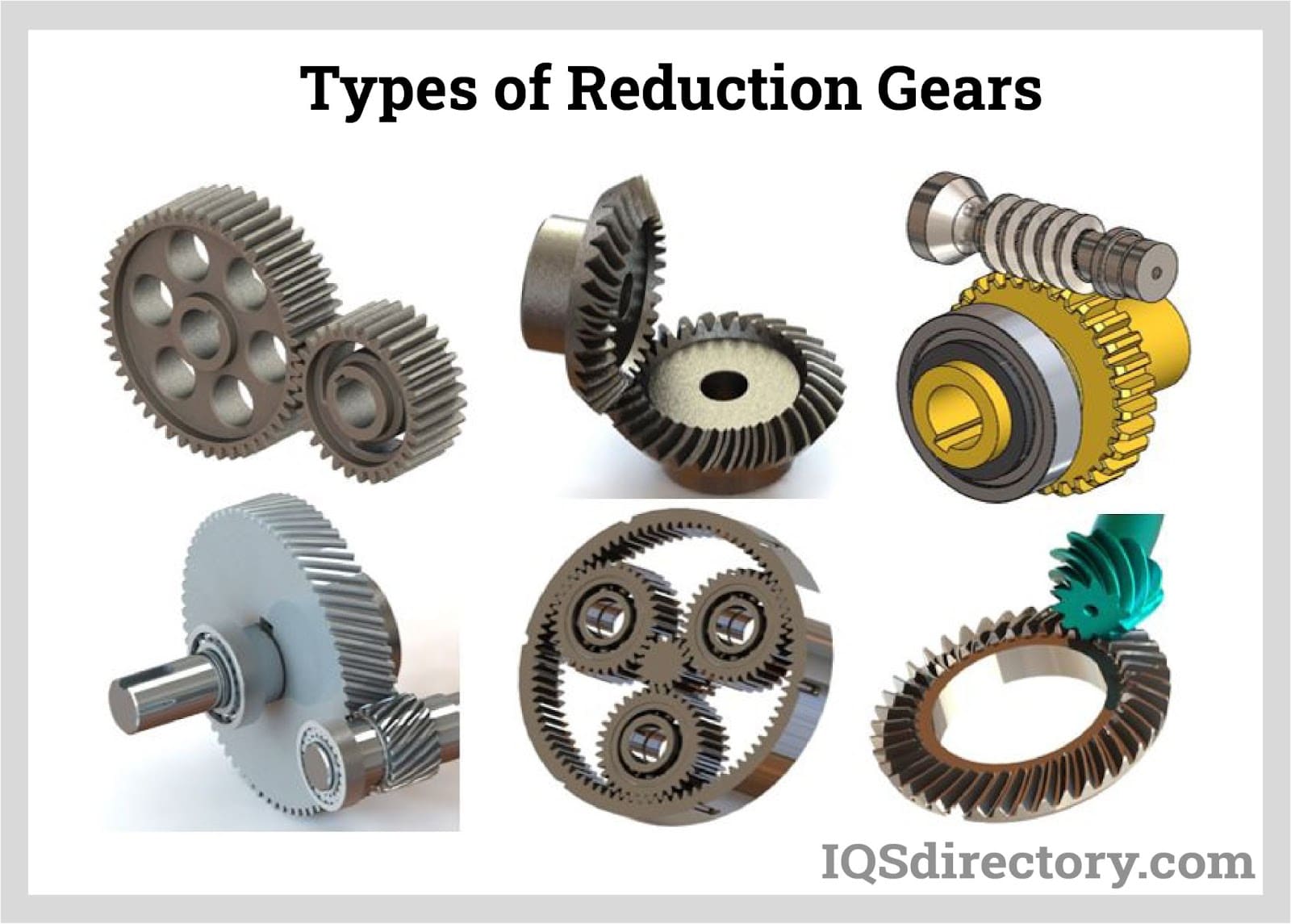
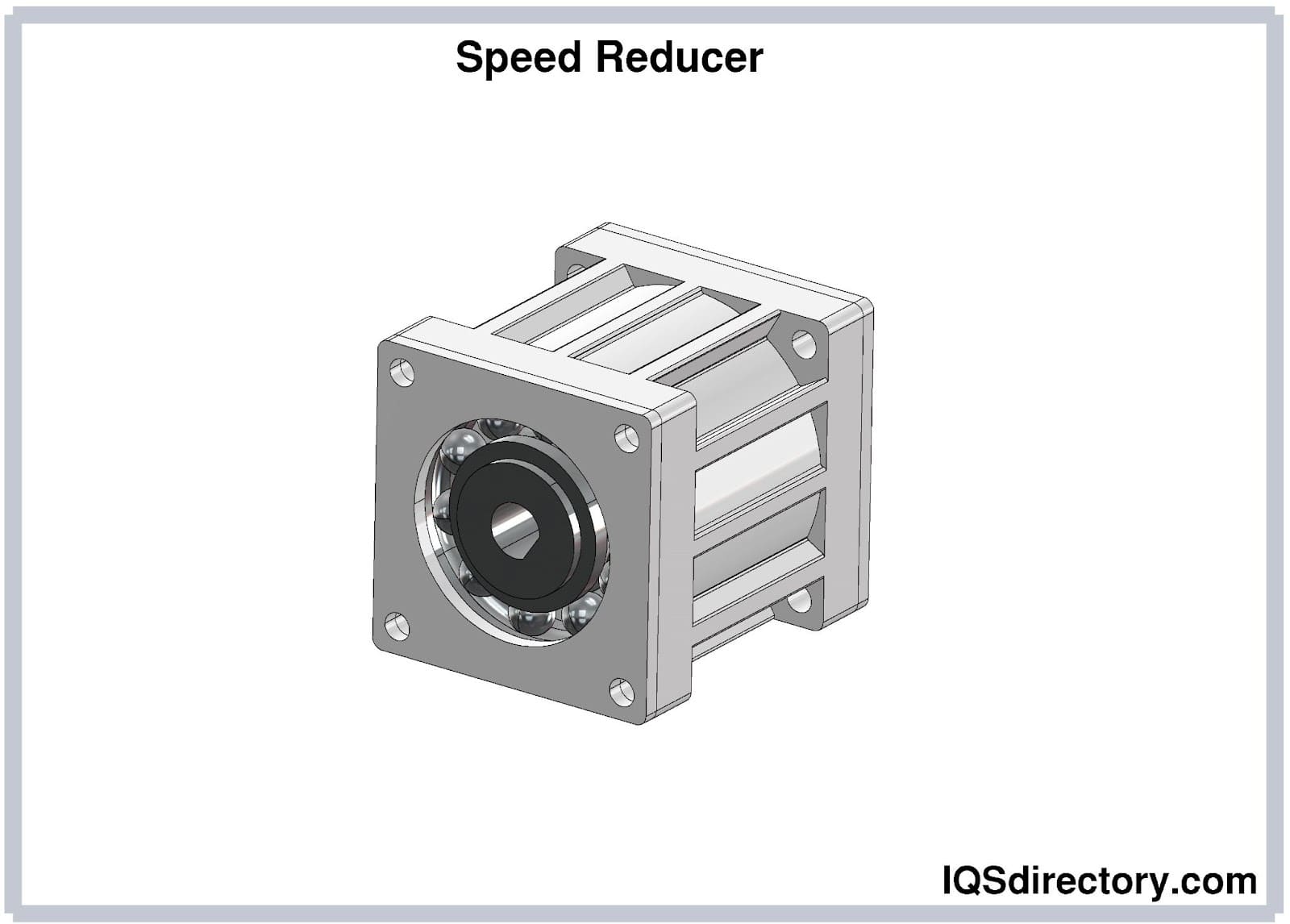
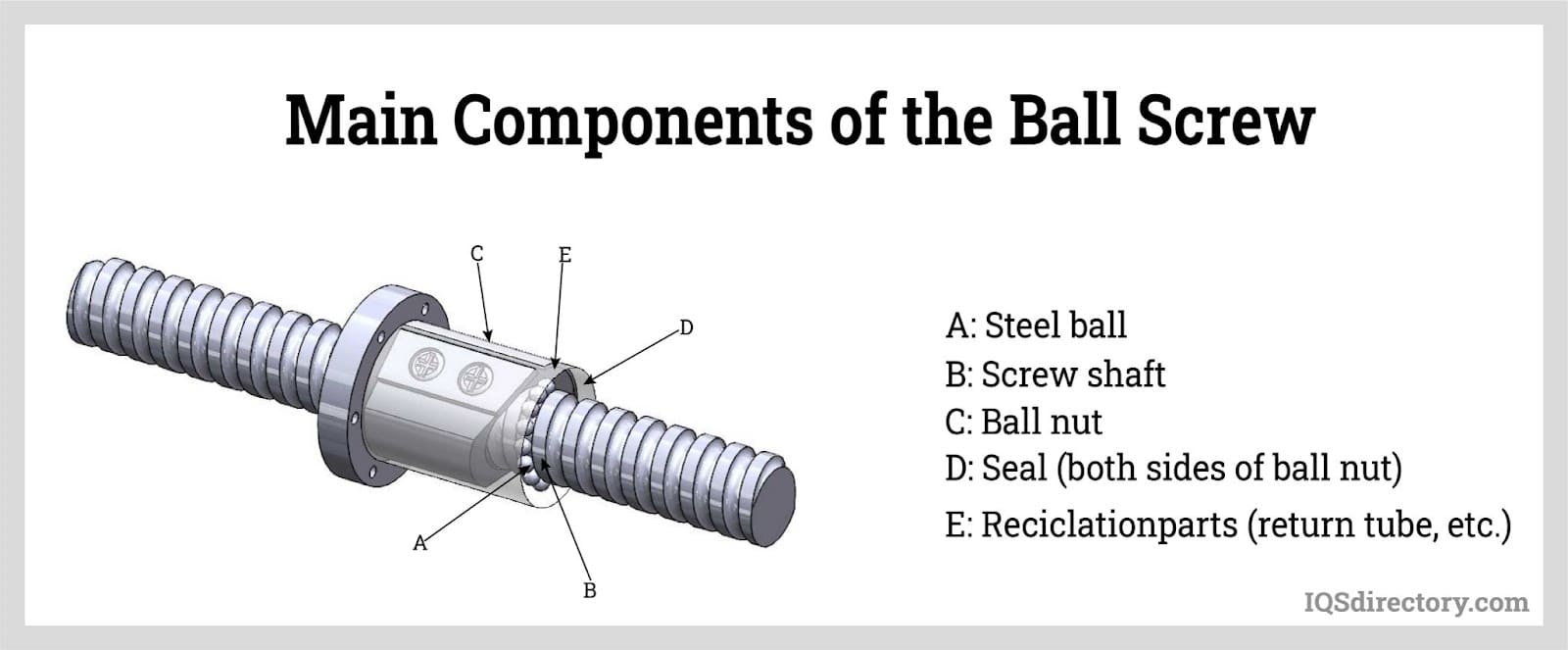
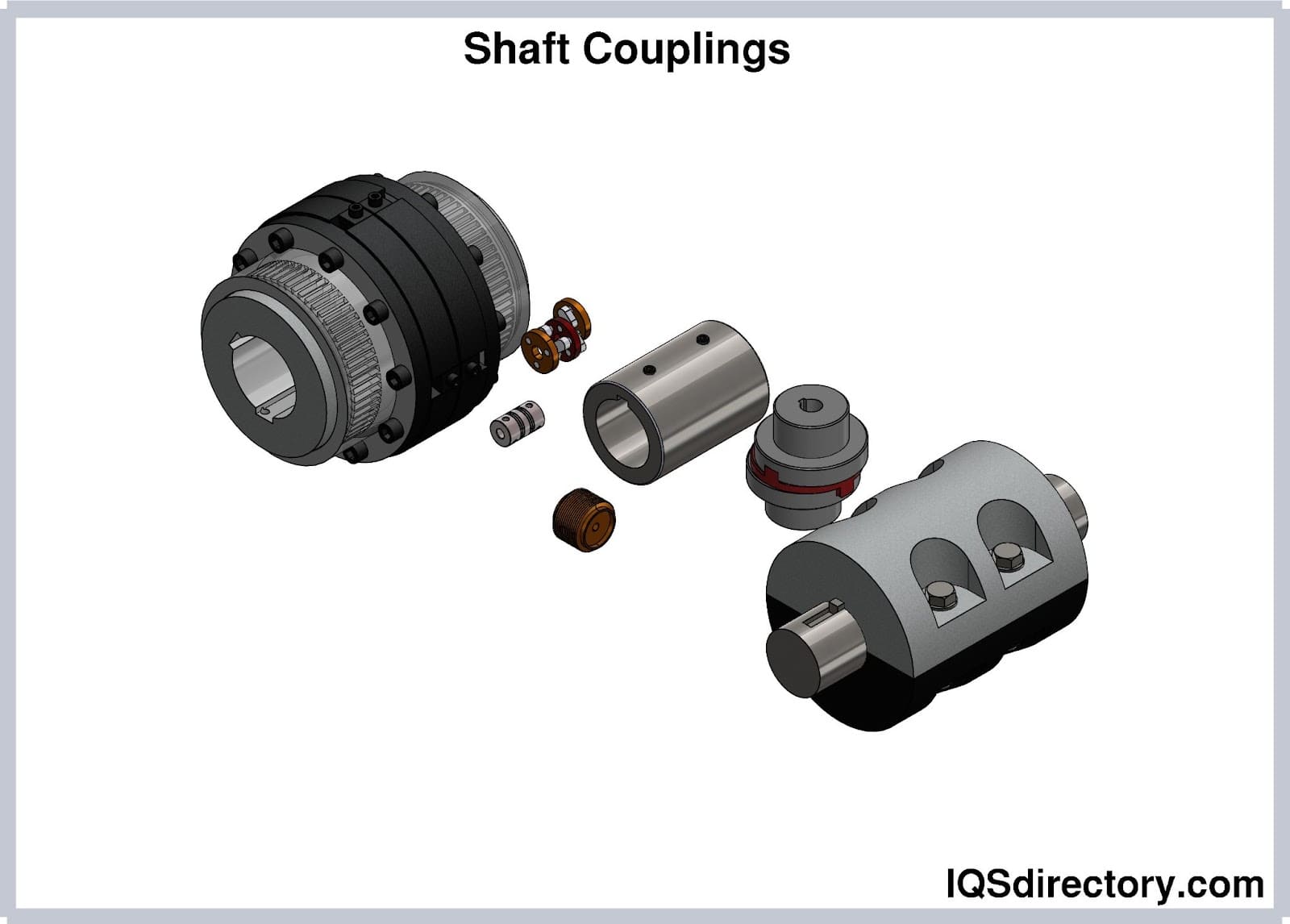
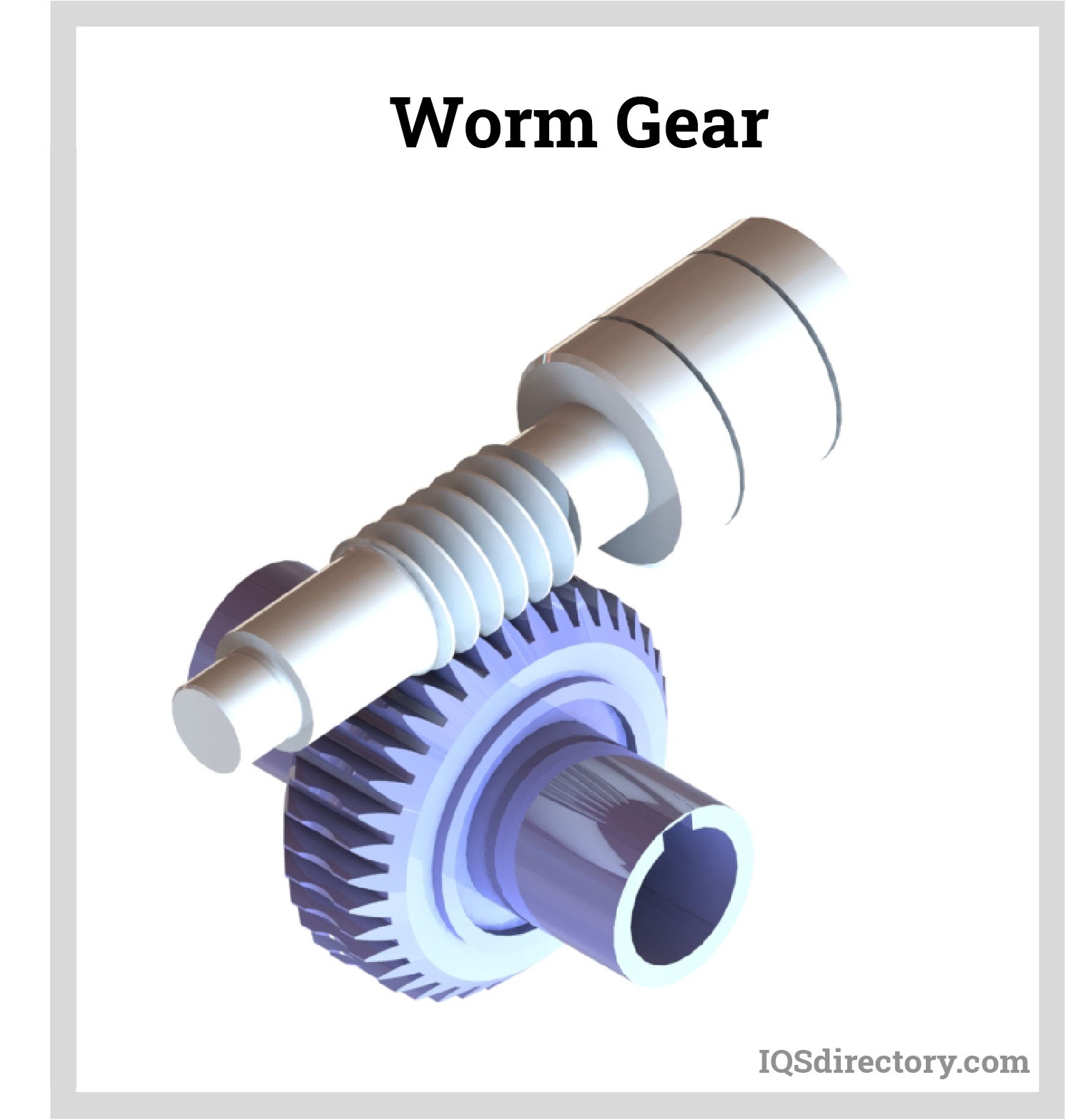
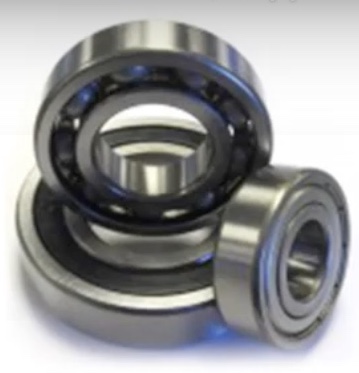 Ball Bearings
Ball Bearings Ball Screws
Ball Screws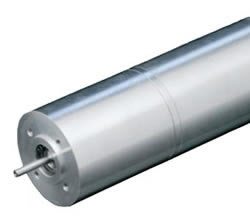 Electric Motors
Electric Motors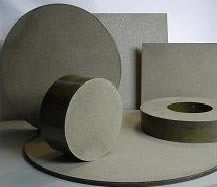 Friction Materials
Friction Materials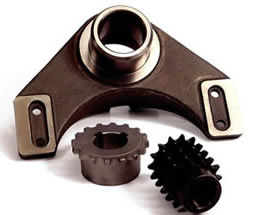 Gears
Gears Quick Release Couplings
Quick Release Couplings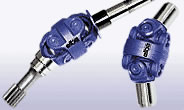 Shaft Couplings
Shaft Couplings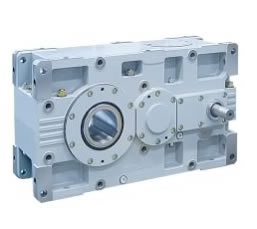 Speed Reducers
Speed Reducers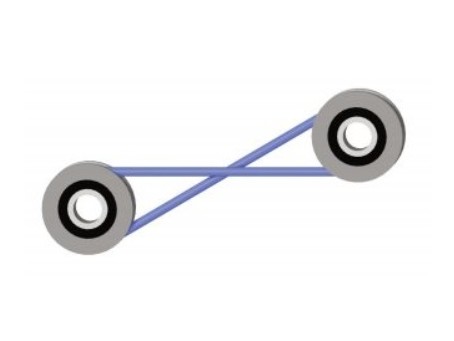 Timing Belting
Timing Belting Castings & Forgings
Castings & Forgings Bulk Material Handling
Bulk Material Handling Electrical & Electronic Components
Electrical & Electronic Components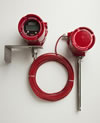 Flow Instrumentation
Flow Instrumentation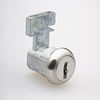 Hardware
Hardware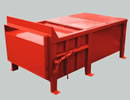 Material Handling Equipment
Material Handling Equipment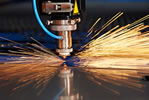 Metal Cutting Services
Metal Cutting Services Metal Forming Services
Metal Forming Services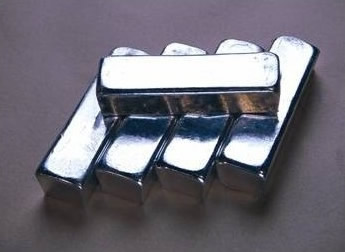 Metal Suppliers
Metal Suppliers Motion Control Products
Motion Control Products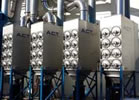 Plant & Facility Equipment
Plant & Facility Equipment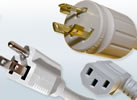 Plant & Facility Supplies
Plant & Facility Supplies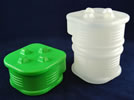 Plastic Molding Processes
Plastic Molding Processes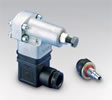 Pumps & Valves
Pumps & Valves Recycling Equipment
Recycling Equipment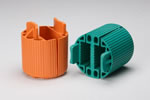 Rubber Products & Services
Rubber Products & Services